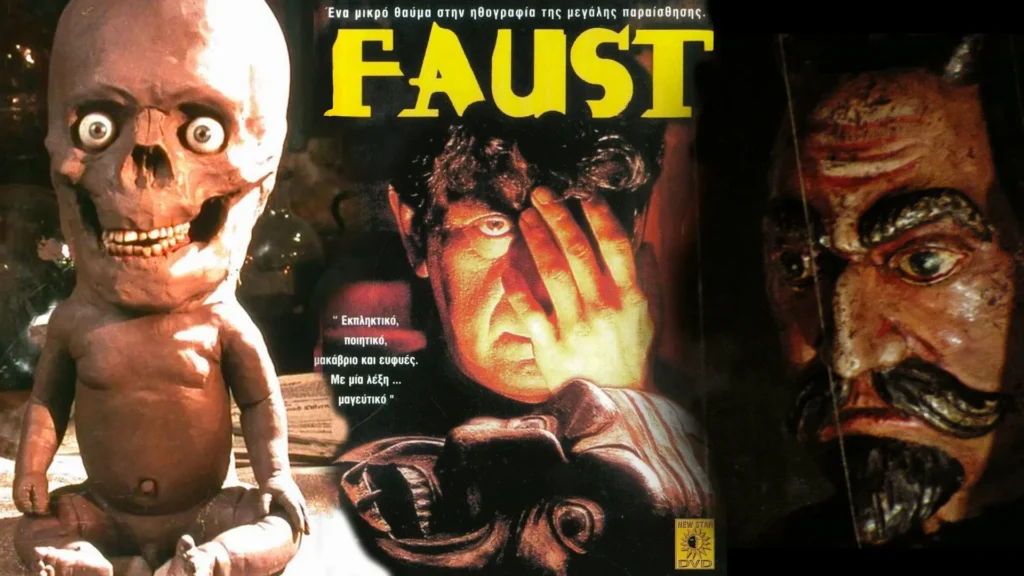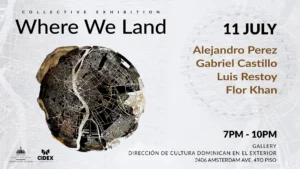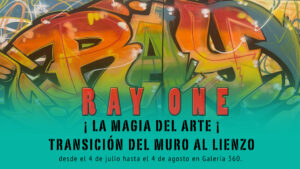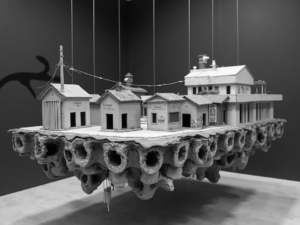In mid-2005, my passion for experimental cinema was nearly a frenzy. It was a time when curiosity drove me to explore new horizons, and it was thanks to Ignacio, a friend with whom I shared a love for moving images, that I discovered Jan Švankmajer. Ignacio had a digital camera, a revolutionary gadget at the time, and while I struggled to write my first script for a short film, he frequently spoke to me about this genius of animation, whose works were deeply influenced by surrealism.
Almost every time we collaborated on a short film, he would say, “You must see Faust,” with uncommon enthusiasm. My interest in his work grew, especially at a time when YouTube was just becoming popular. I can’t recall who lent me the film, but I watched it, and from there, I explored other works by Švankmajer through various electronic media. Little by little, I became familiar with almost his entire oeuvre, until Faust finally came into my hands. Although the film had premiered in 1994, it felt fresh and surprising to me.
From the very first frame, I was captivated by its unique universe. The story of Faust, an unsatisfied scholar who makes a pact with the devil, unfolded before me like a dance of shadows and light. It was a nonlinear narrative that reflected an internal chaos, a confusion that resonated within me. Each scene was imbued with symbolism. The everyday objects that often go unnoticed in daily life came to life in a haunting way. The books and tools surrounding Faust were not just part of his environment; they also reflected his psychology, his desires and fears in a tangible manner.
The stop-motion animation became a vehicle for exploring profound themes: the struggle between knowledge and ignorance, insatiable human ambition, and the heartbreaking consequences of our desires. As I progressed through the film, I realized that Švankmajer was not just telling a story; he was inviting me to reflect on the human condition. The distorted and twisted representation of time made me question my own existence in a chaotic and perplexing world. The dreamlike atmosphere he created became a mirror in which I could see my own anxieties.
Although we didn’t manage to finish the short film we dreamed of making, that encounter with Faust left an indelible mark on me. Švankmajer’s unique aesthetic, with his masterful use of textures and shadows, transformed the way I viewed cinema. He made me understand that cinema is not just entertainment; it is also a powerful tool for exploring philosophical and emotional issues.
In the years that followed, every time I revisited Faust, I relived that initial spark, that discovery that united me with Ignacio during a moment of shared creativity. Even though our cinematic ambitions didn’t materialize as we had hoped, the influence of Jan Švankmajer on our artistic lives was undeniable. His ability to blur the lines between the real and the fantastic resonated within me, and I will always carry in my memory that revelation that led me on a deep journey into the surreal and the existential.









